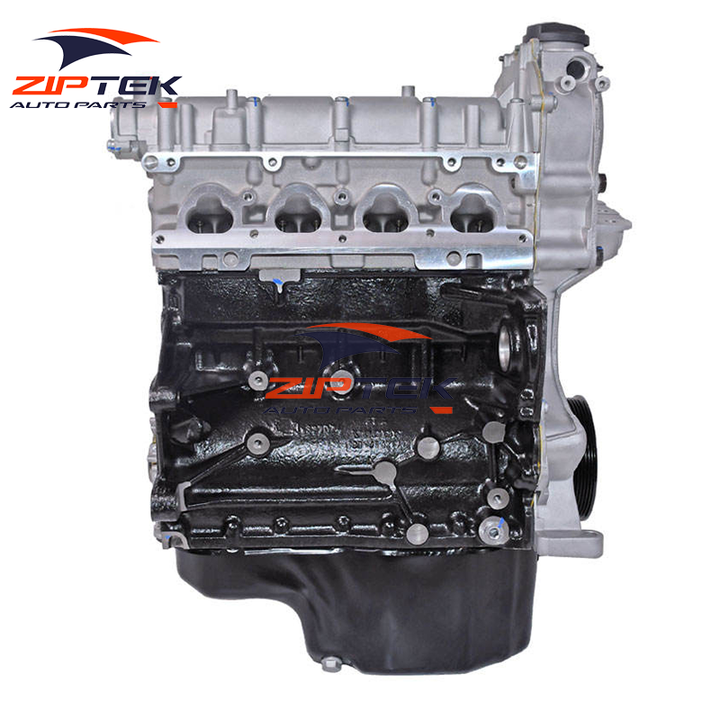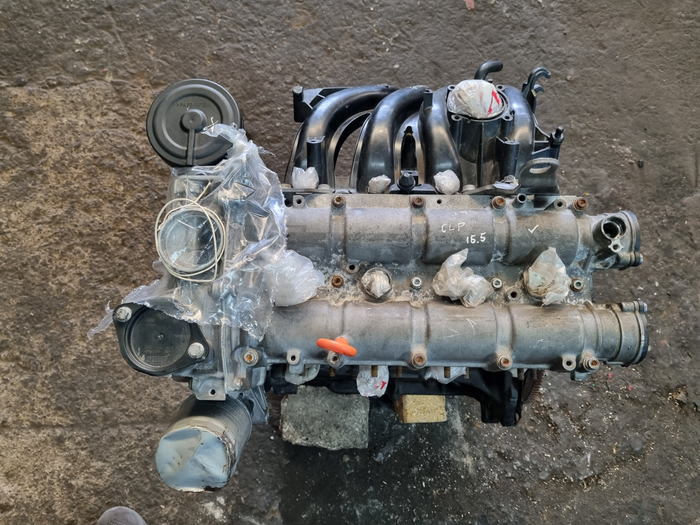Maximize productivity with a powerful clp engine.
Maximize productivity with a powerful clp engine.
Blog Article
How a Clp Engine Can Boost Efficiency in Numerous Industries
The introduction of CLP engines notes a substantial shift in functional effectiveness throughout numerous fields, driven by their ability to optimize fuel usage and decrease downtime. Industries such as manufacturing and logistics stand to gain considerably from their durable layout and regular power result, which guarantee to enhance operations and enhance productivity. As companies significantly prioritize sustainability alongside efficiency, the role of CLP engines ends up being also much more essential. What continues to be to be seen is exactly how these advancements will shape the future landscape of industrial procedures and their impact on broader financial patterns (clp engine).
Introduction of CLP Engines
CLP engines, or Constant Fluid Propellant engines, stand for a considerable advancement in propulsion innovation, specifically for room applications. These engines use a continual feed system that permits the sustained expulsion of propellant, leading to boosted effectiveness and efficiency contrasted to conventional solid or hybrid propulsion systems. By maintaining a continuous circulation of liquid propellant, CLP engines can attain more specific thrust control, which is essential for navigating spacecraft in numerous objective circumstances.
The style of CLP engines integrates advanced materials and innovative gas administration systems. clp engine. This leads to decreased weight and increased dependability, crucial variables for long-duration space goals. Furthermore, the continuous operation reduces the threat of burning instability, a typical obstacle in traditional rocket engines.

Benefits in Manufacturing
The production of Constant Fluid Propellant (CLP) engines provides numerous significant benefits that enhance both efficiency and cost-effectiveness. Among the primary benefits is the structured production process, which minimizes the intricacy connected with conventional propulsion systems. By making use of fluid propellant, suppliers can achieve higher accuracy in engine efficiency, bring about maximized power output and lowered waste.
Additionally, CLP engines assist in a greater degree of modularity, enabling for simpler combination right into numerous production lines. This flexibility can significantly reduce preparations and improve general operational flexibility. The use of CLP technology additionally tends to decrease the demand for comprehensive maintenance due to fewer moving parts, which translates into lowered downtime and operational costs.

Applications in Logistics
Leveraging Continual Liquid Propellant (CLP) engines in logistics provides significant benefits in operational performance and integrity. These engines provide a robust option for various transport needs, making it possible for the smooth motion of products across huge distances. The fundamental design of CLP engines permits regular power outcome, which converts into smoother and much more foreseeable transportation timetables.
Among the vital applications of CLP engines in logistics is in durable freight transportation, where they can drive both ground and aerial lorries. Their capability to maintain high performance under varying load conditions ensures that delivery timelines are satisfied, thus improving customer complete satisfaction. Furthermore, CLP engines can be incorporated into automated logistics systems, assisting in real-time monitoring and enhancing route planning.
Additionally, the longevity of CLP engines lowers upkeep downtime, allowing logistics companies to optimize wikipedia reference their operational abilities. This is specifically valuable in warehousing procedures, where effectiveness in handling and delivering goods is important. As logistics proceeds to evolve, the combination of CLP engines represents a forward-thinking technique that not only boosts efficiency yet likewise supports the industry's expanding needs for reliability and rate.
Influence On Power Efficiency
Exactly How do Constant Liquid Propellant (CLP) engines enhance energy efficiency in transport? CLP engines use a consistent flow of liquid fuel, enhancing burning processes and maintaining a stable drive outcome. This design reduces power losses associated with traditional combustion engines, where fuel distribution can vary and bring about inefficiencies.
The continual operation of CLP engines permits a much more effective thermal cycle, causing greater specific impulse contrasted to traditional engines. clp engine. This equates to decreased gas intake for the same amount of job done, substantially lowering operational costs across different transportation industries, consisting of aeronautics and maritime industries
In addition, the capacity of CLP engines to keep optimal performance under varying lots conditions reduces the requirement for regular acceleration and slowdown, better improving gas effectiveness. Enhanced power efficiency not only contributes to cost savings yet additionally causes decrease greenhouse gas discharges, lining up with international sustainability goals.
Future Trends and Innovations
Emerging innovations in Continual Fluid Propellant (CLP) engine innovation promise to change the landscape of transport performance and sustainability. As sectors pivot toward greener choices, CLP engines stand at the forefront, incorporating cutting-edge products and design approaches that enhance efficiency while decreasing environmental effect.
Among one of the most encouraging patterns is the fostering of crossbreed systems that integrate CLP engines with renewable resource sources. you could try these out This harmony can optimize gas intake and lower emissions, lining up with worldwide sustainability objectives. Additionally, innovations in computational fluid characteristics (CFD) are assisting in the layout of even more aerodynamically reliable engines, causing decreased drag and improved gas efficiency.
Furthermore, the advancement of wise monitoring systems is established to enhance operational effectiveness. These systems utilize information analytics and IoT innovation to enhance engine performance in real-time, ensuring that the engines operate within their most effective specifications.
As research proceeds to check out alternative propellant formulas-- such as biofuels and synthetic fuels-- the future of CLP engines looks encouraging. By taking advantage of these developments, markets can not only improve their effectiveness but additionally add dramatically to a cleaner, much more lasting future in transportation.
Conclusion
In final thought, CLP engines represent a substantial advancement in efficiency throughout numerous industries. Their ability to enhance gas intake and lower functional costs, combined with a continual feed system, boosts power outcome and functional integrity. The integration of sophisticated materials and fewer relocating components reduces upkeep requirements, while positioning with sustainability goals positions CLP engines as a critical technology for the future. Continued innovation in this area promises more improvements in performance and environmental efficiency.
Report this page